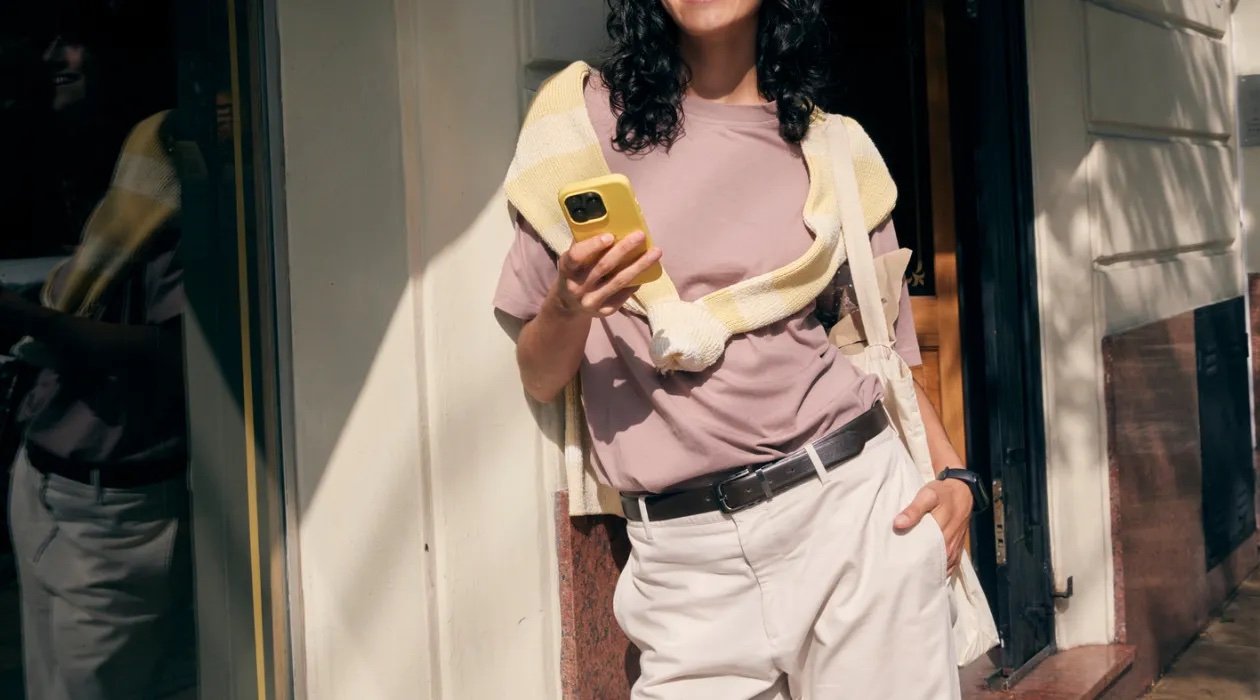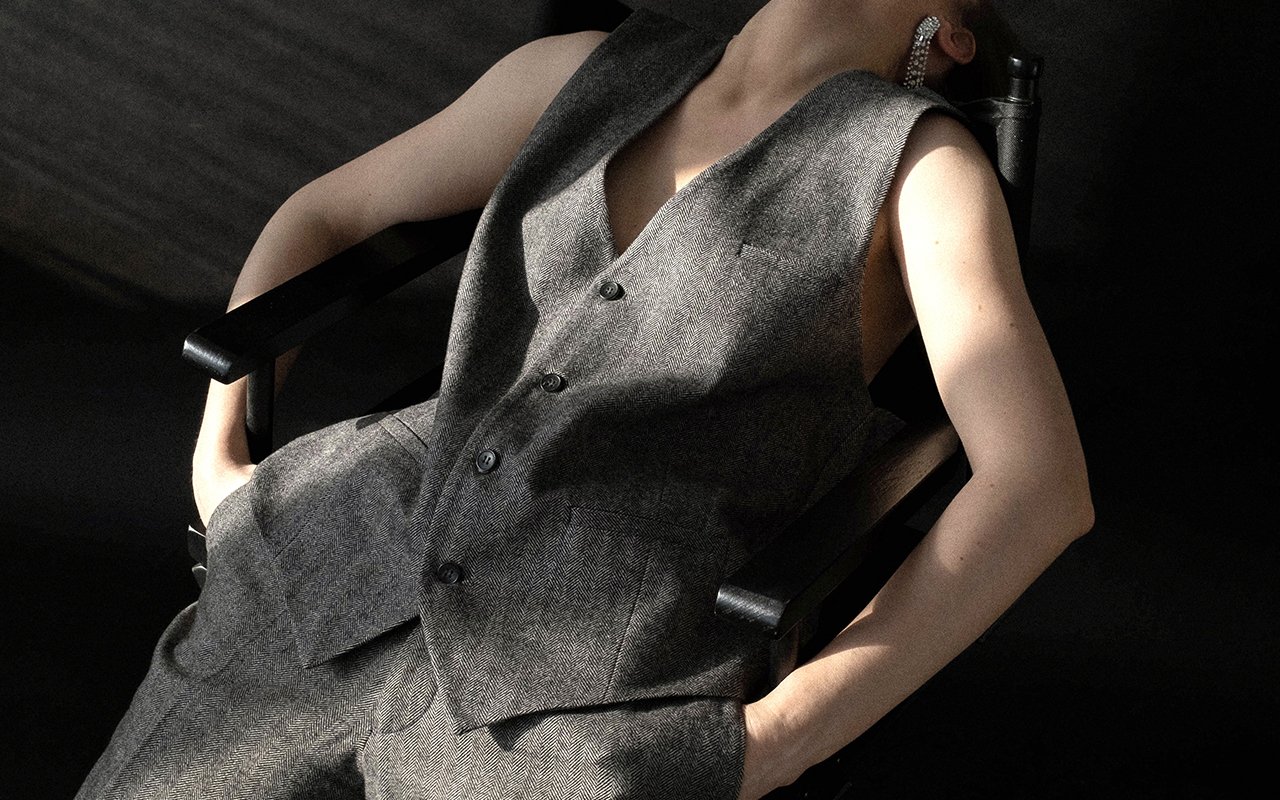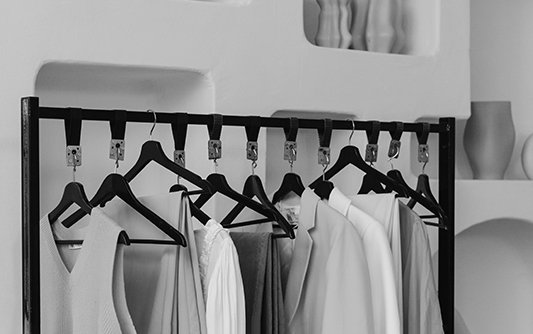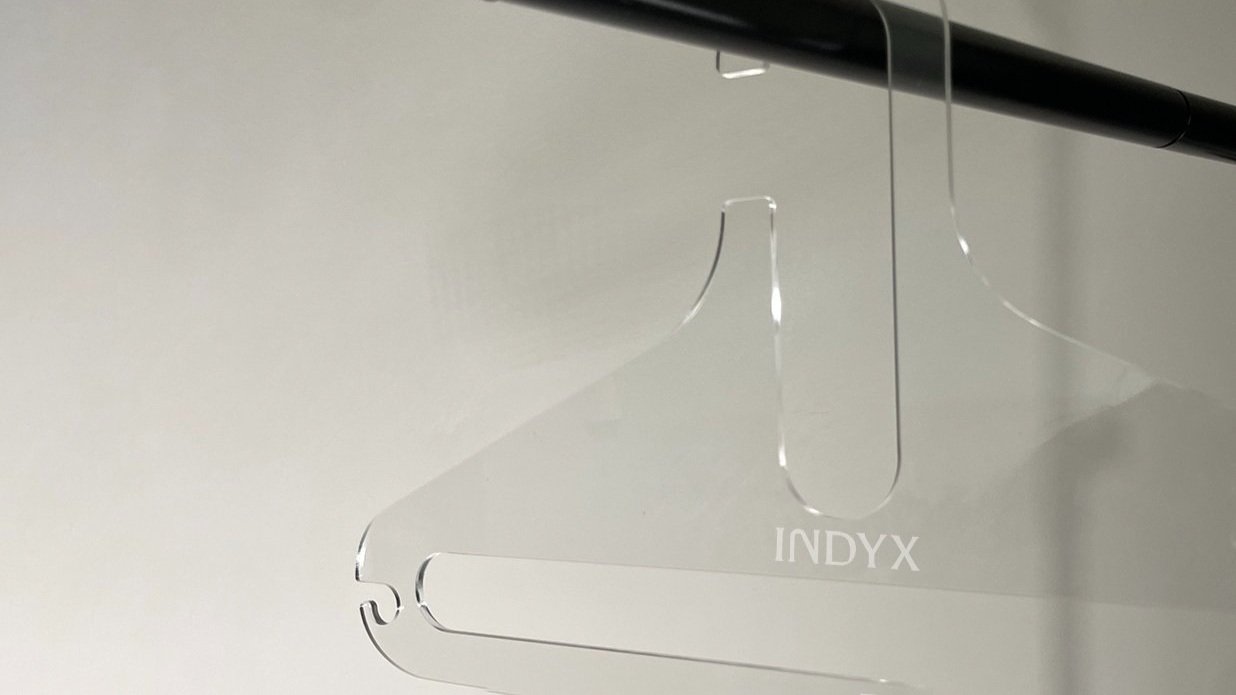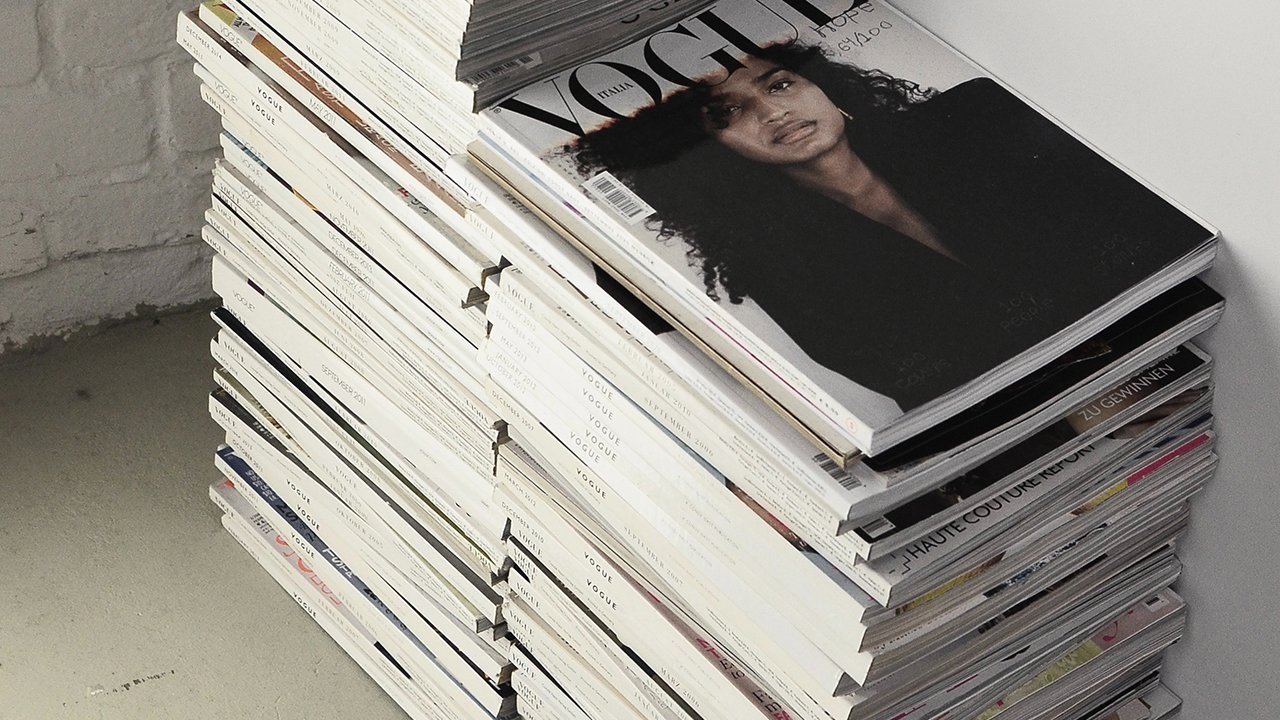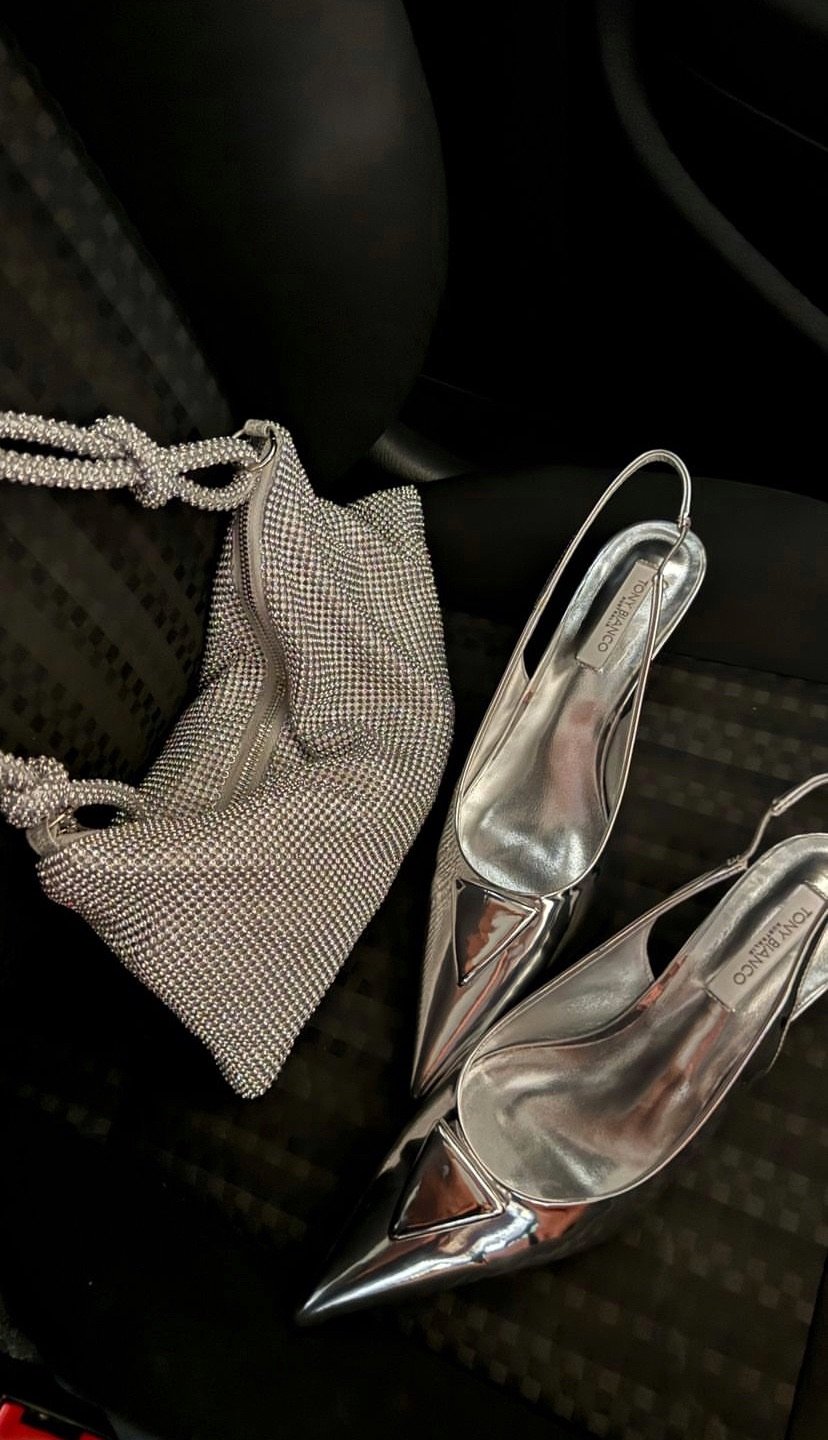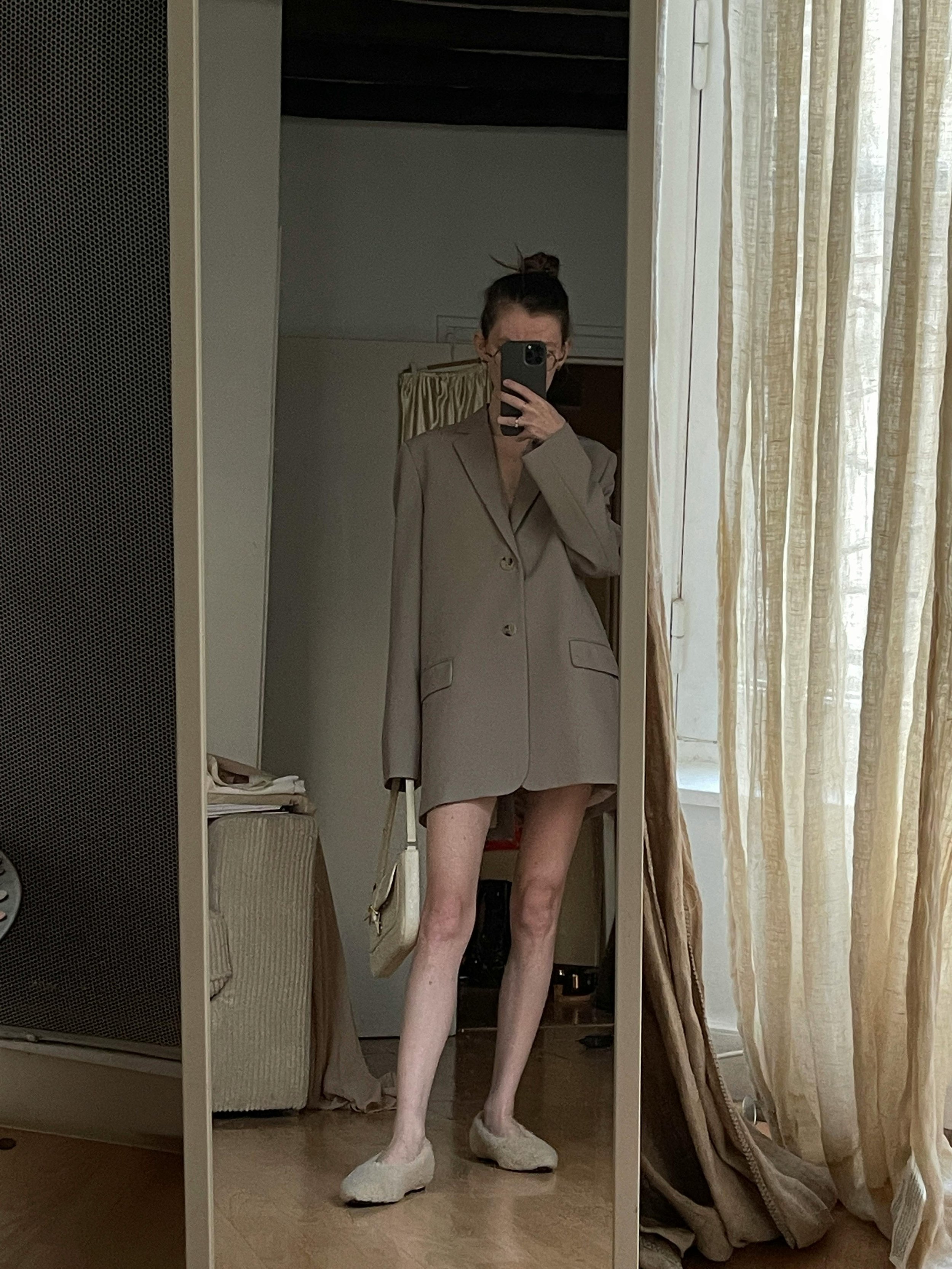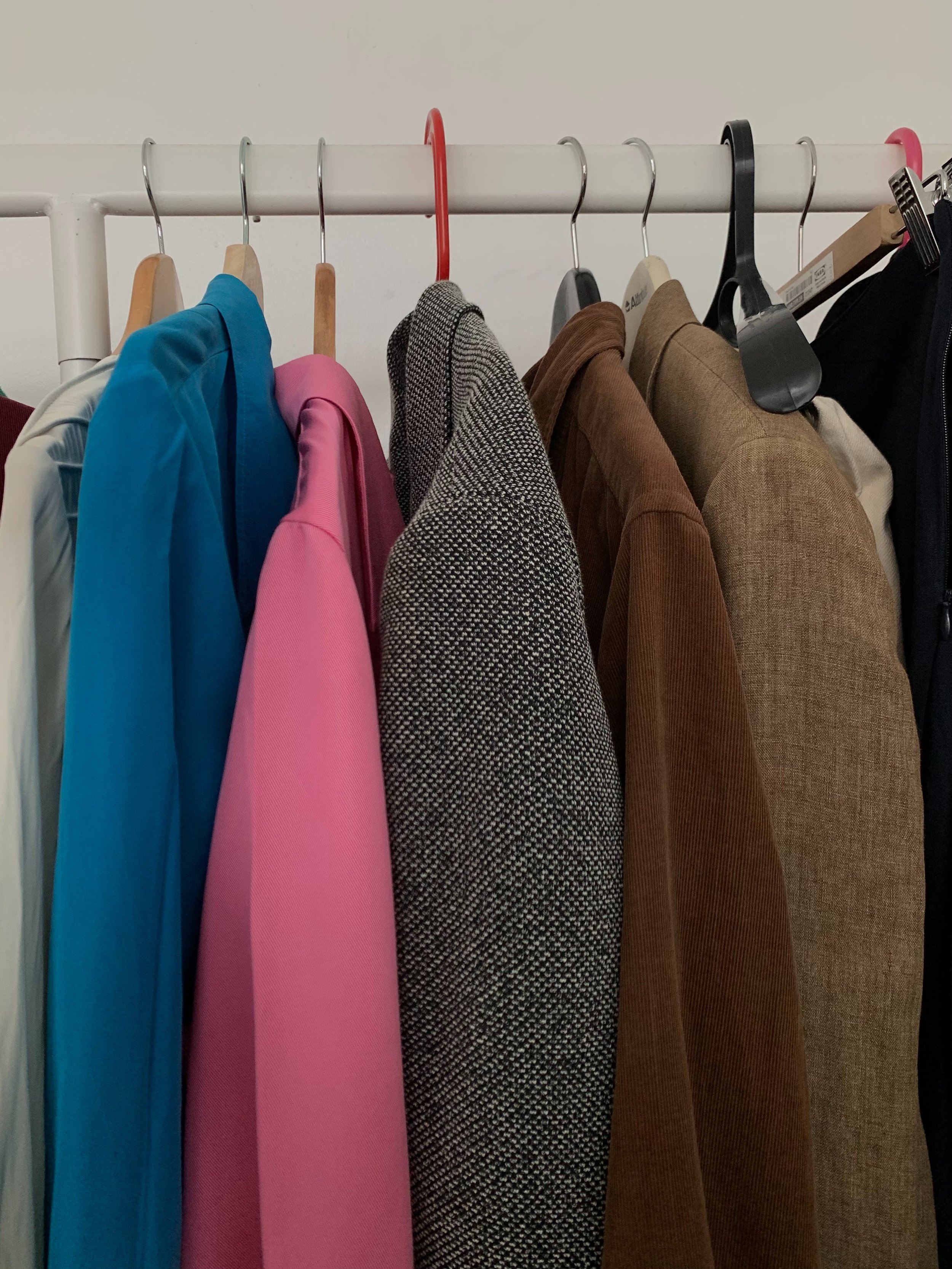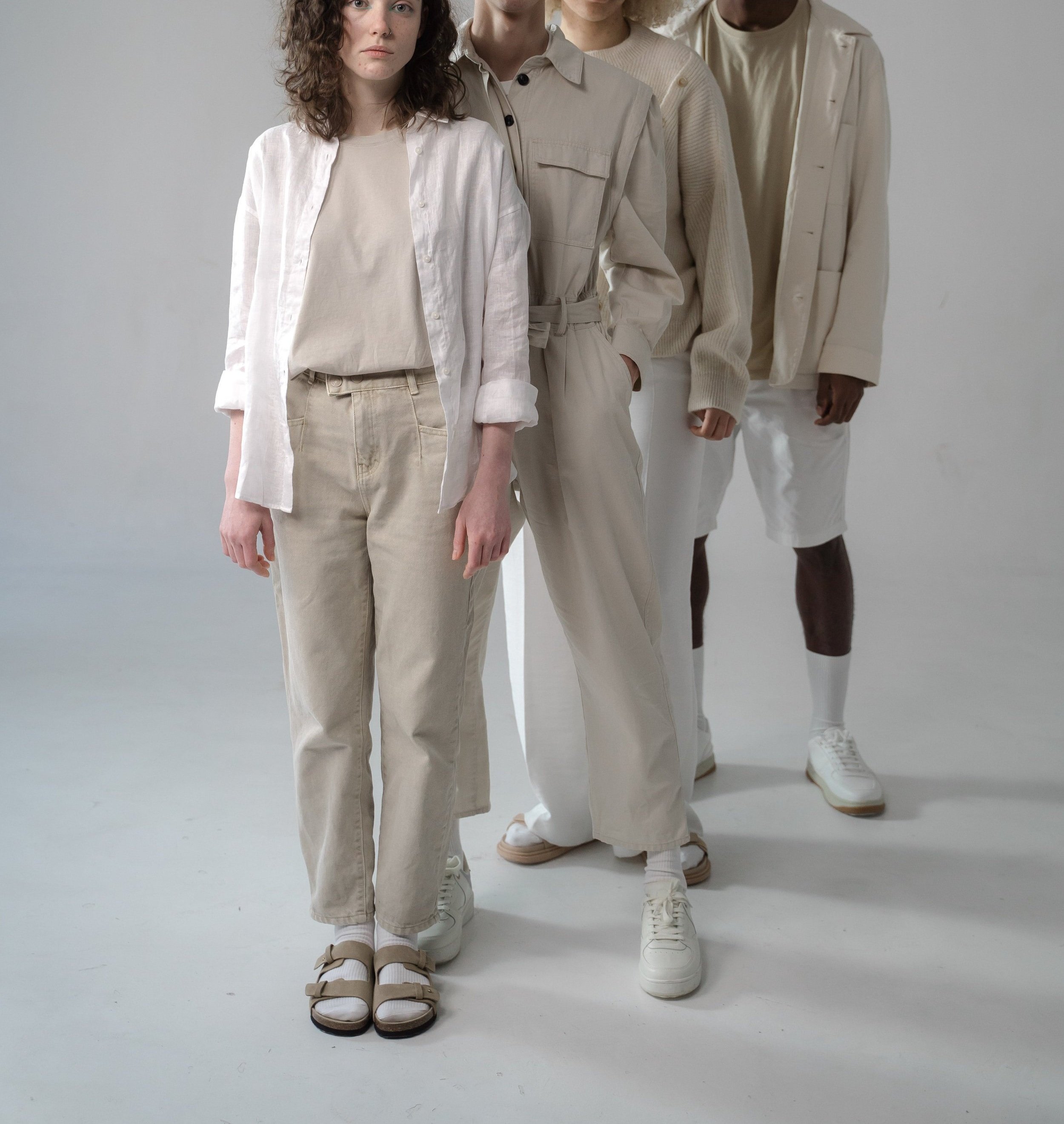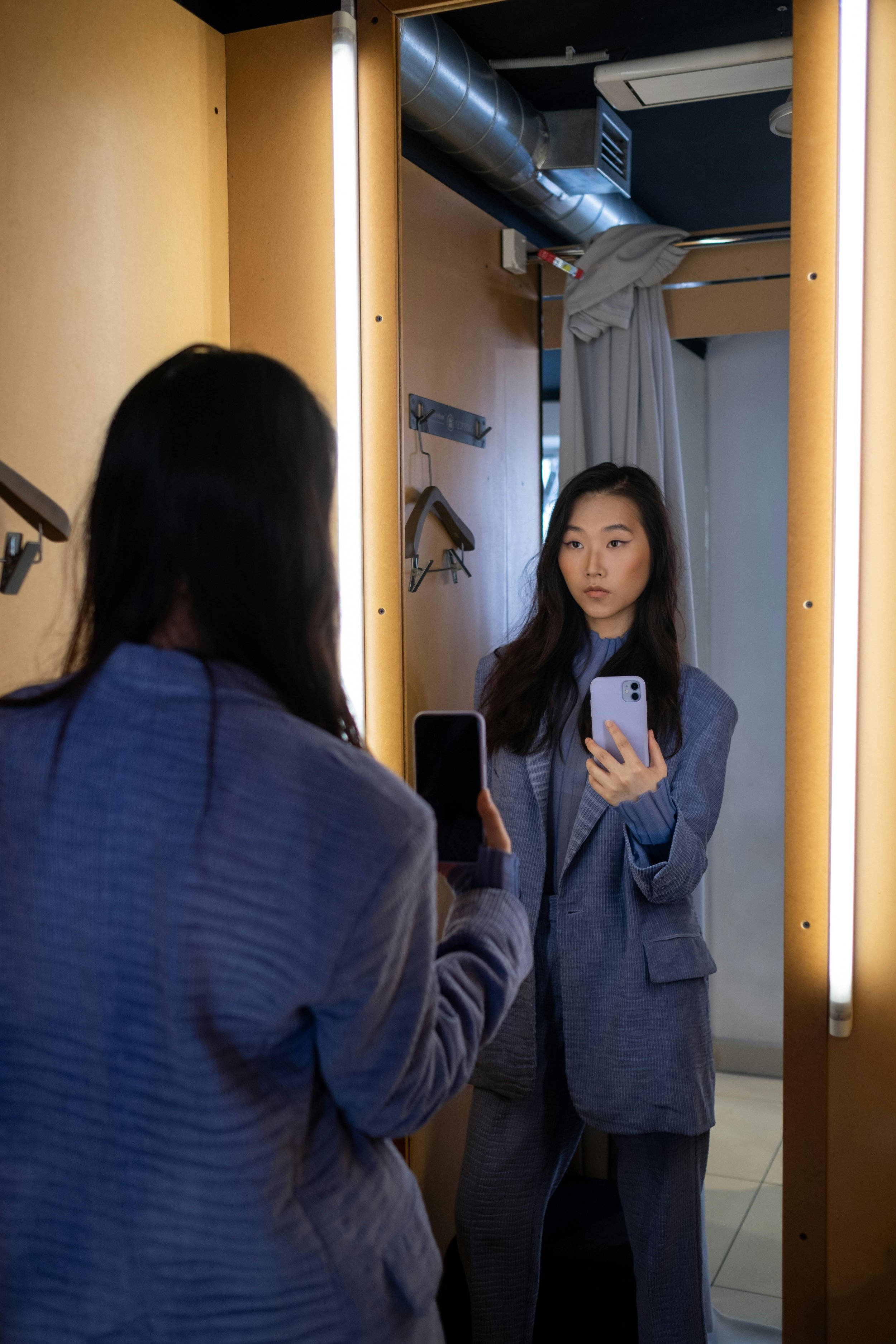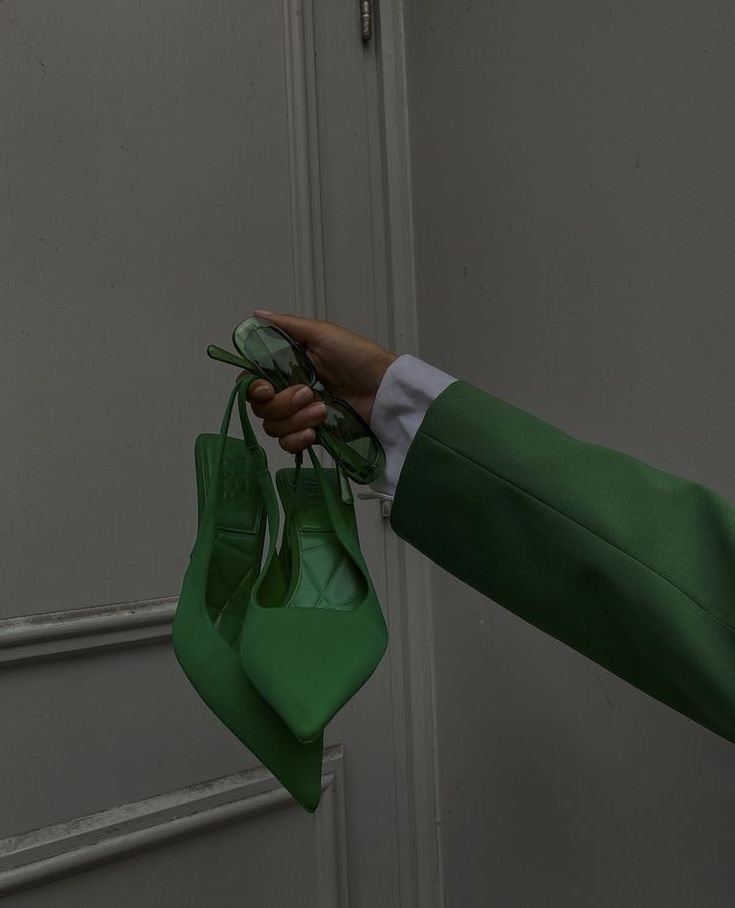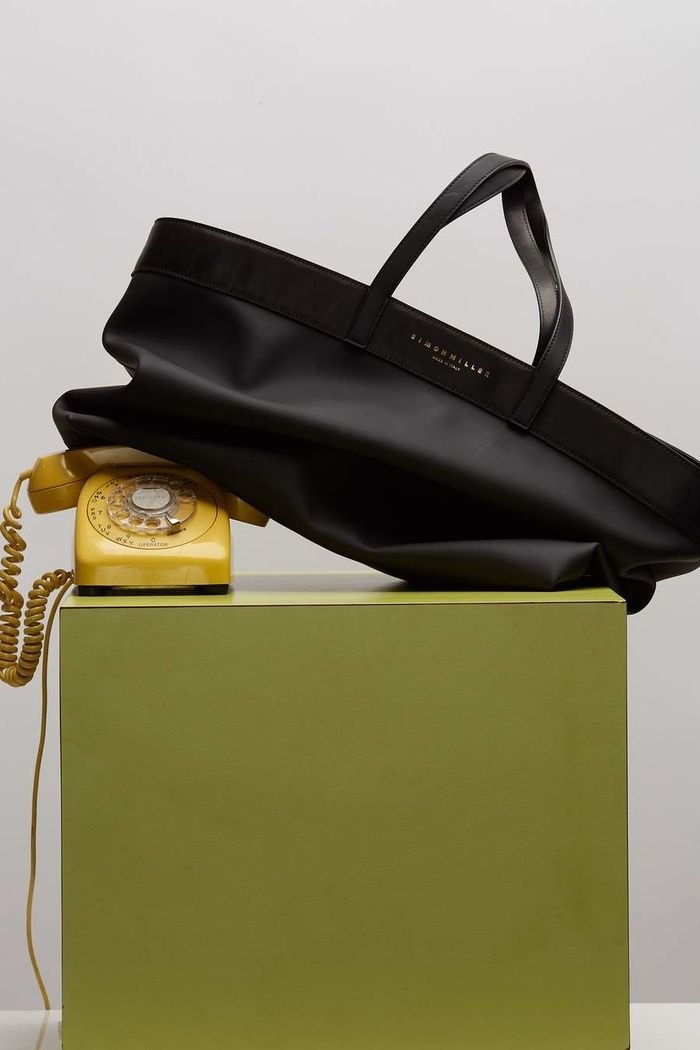What We Can All Learn From ‘Girl Math’
You may not have heard about “girl math” yet, but I’m willing to bet you’re already doing girl math at least as often as your (male) partner is thinking about the Roman Empire.
Wow, will this article date itself quickly with an opener like that! C’est la vie.
Maybe a friend has Venmo’d you for their half of a dinner you put on your credit card and you considered that “free” money.
Or, you resisted an impulse purchase and felt like you just “made” the $100 you didn’t spend.
That’s girl math.
What is girl math?
Girl math is a way of explaining money habits or spending choices in an absurdist way that clearly doesn't make logical sense, but just feels right.
New Zealand podcast Fletch, Vaughan, and Hayley picked up on this hyper-relatable idea and created the eponymous “Girl Math” segment where listeners call in with their money dilemmas and the hosts girl math their way into rationalizing them.
In what appears to be the very first Girl Math segment from late July, they make sense of an $1,000 Deadly Ponies tote by pointing out that you can wear it for at least four occasions (“supermarket”, “festival”, “going away” and “airplane”) so that’s really only $250 per bag! And, “if you’re using it everyday for a year, you’re literally being paid to use the bag!”
Here at Indyx, we call that cost-per-wear but I’ll admit that hearing the logic in a Kiwi accent makes it even more enjoyable.
In another fun segment, Hayley starts the girl math of a $700 Dyson hair dryer by shaving off $100 in savings on smoothing and defrizzing hair products that the Dyson will render obsolete. Wet hair of course risks catching a cold, landing you in the doctor’s office at $70 per visit x 2 = another $140 saved right there! The Dyson is taking her dry time from 40 minutes to just 10, and considering her $50 hourly working rate that makes her $25 for each and every blowout. Divide the remainder in half because her partner is also using the hair dryer. And finally, consider that a professional blowout is $100 x the 150 times she’s using it a year and she’s making $15,000 a year with this thing! “Are we talking to a millionaire on the phone here!?”.
The idea has since caught fire on TikTok, where thousands of users have shared their own girl math that they know to be true:
Is girl math really helping the girls?
The whole thing makes the millennial girlboss inside of me a bit uneasy. Doesn’t this just play right into all the negative stereotypes about women and math/money that we’ve all been fighting against!?
After taking a few deep breaths, I realized that this is just the next evolution of how we (and, Gen Z in particular) are thinking about these issues.
Girl math is just the latest in a larger cultural theme rejecting the notion that women should assimilate to men in order to claim power - a la, Sheryl Sandberg’s Lean In theory of being. Instead, it’s a shift towards actively claiming womanhood or girlhood to create even stronger shared identity. Which, if you believe in the power of collective action, is the most powerful thing of all.
The point is: we all know that everybody does this kind of nonsensical math to justify our little pleasures. But claiming it as “girl math” makes it our fun thing. No boys allowed…even though they desperately want to be a part of it. Men want to shame us for our “frivolous” fashion and beauty purchases (even though they clearly have their own indulgences…)? Fine! We’re done apologizing for it. We’ll proudly claim it instead.
See how that flips the power dynamic on its head? In a small way of course. The cardinal rule of girl math is that it’s never that serious.
But of course, girl math could never exist in this way without the work of generations of feminists before us - and for that, we should all be thankful.
What can we learn from girl math?
Now that my feminist anxiety is set aside: what can we learn from girl math?
There are some pieces of girl math that are wholly illogical, like “if my favorite store is having a sale, I’m losing money by not buying something”.
But there are other pieces that I think are striking a chord for good reason that we should pay attention to.
All purchases are emotional and the point is to bring us joy
You don’t need that new “essential fall sweater” because your closet is already filled with perfectly fine clothes. And last I checked, nobody died from not landing tickets to Taylor Swift’s Eras tour. Throwing it back to kindergarten: these are all wants, not needs.
Even purchases you do technically *need* - like groceries, for example - are still full of emotional choices that signal status, reinforce our values, or simply fulfill our preferences. To shop at Whole Foods instead of Safeway, to buy tofu instead of meat, or even just to choose Coke over Pepsi.
Sometimes the overly serious mental gymnastics we do to justify our purchases and view them as “rational” does us more harm than good. We forget that everything is a choice and that we’re just here on earth to maximize our joy.
The tongue-in-cheek absurdity of girl math helps remind us that most of the things we choose to spend money on are a little silly. Buying a new sweater because it’s the softest thing you’ve ever felt or buying tickets to Taylor Swift because you just want to scream the “Cruel Summer” bridge at the top of your lungs while dressed head-to-toe in sequins is silly! But these are the little joys of life and if you’re not getting joy from the things you buy…then you might be doing it wrong.
Let go of guilt
As women especially, we are made to feel so much guilt around the way we choose to spend money. That anything that isn’t 100% practical is completely frivolous spending we should be ashamed of.
But as long as you’re still hitting your own financial goals (whatever they may be)....what is the point of all that guilt? It’s just dragging us down, sucking the joy out of purchases that - as we just covered - should be joyful.
Girl math is resonating because it helps us leave some of that guilt behind.
“If I don’t spend anything today, then I have double the budget tomorrow”. No guilt.
“If I’ve already withdrawn spending money from my bank account in cash, then buying something with that cash is free”. No guilt.
By the way, I think that more “practical”, serious folks have used similar logic for years with the lauded “envelope system” of money management - i.e., withdrawing cash and budgeting for each category (including personal spending!) in physical envelopes of cash. Men like Dave Ramsey have made millions selling this idea. It’s about time we get something out of it.
Focus on a thing’s value to you
The girl math I love the most is the girl math that puts into perspective a thing’s unique value to you. Because this means you can actually start to maximize your own joy with money rather than just conforming to how other people think is “right” to spend it.
One (as always, silly!) example is this when the crew over at Fletch, Vaughan & Hayley girl-mathed $400 hair extensions for a listener’s wedding by noting the risk that it would cost $40k to redo the entire wedding if she ended up thinking her hair looked too thin and that it ruined all her photos.
And you know what…she’s kind of right! One person might look at $400 hair extensions and think it’s completely unnecessary. That only a silly, stupid person would spend it. But if not getting those extensions spoils your memory of the day and getting them gives you the confidence and joy you want to feel, then they’ll be worth it to you 10x over.
The other piece of girl math in this category is what we used to just call cost-per-wear (CPW). This is the idea that yes, the $1,000 designer bag is expensive, but if I wear it everyday for three years (1095 days) then that’s really less than $1.
Of course that isn’t 100% true, but this way of thinking helps you clock a thing’s relative value rather than just what’s on the price tag. But obviously this requires being honest with yourself about how much you will wear something - the girl math shifts quite a bit if that $1,000 purse is only pulled out once a year instead of everyday.
And, what’s the best way to understand how much use you’ll get out of something in the future? IMHO, it’s by tracking how much you are wearing the things you already have. I, of course, do this on the Indyx app. That way, you can look at real data about how much you really wore that last “investment” bag before making the decision on a new one.
I’ll also say: CPW tracking has given me my own form of girl math that I haven’t (yet) seen anyone talk about. Sticking with the $1,000 bag example: say I’ve already worn it 4 times and I pull it out for a 5th. I just lowered its cost-per-wear from $250 to $200 - so, I just “saved” $50! Girl math. It’s super satisfying and it’s girl math you can only do once you start tracking your wear using a digital wardrobe like Indyx.
My own girl math
It’s only right to end with my personal list of girl maths:
Spending $15 a month on a personal stylist to build outfits from my closet (see: Indyx’s The Feed service) is making me money because I get more style and enjoyment out of the things I have and prevents me from buying new things out of boredom
Lowering the cost-per-wear of an item by wearing it saves me that incremental difference (per above)
Buying something that’s 2x as expensive but that I know I love 2x as much and will never want to replace is really saving money
Resisting $100 in fast fashion purchases banks that money to later spend instead on a coveted luxury or secondhand piece
Anything I sell from my closet (on Indyx or otherwise) becomes free money I can now spend on my closet
Ready to take your girl mathing to the next level? Download the Indyx app for free on iOS or Android.
Trends, Trends, Trends (of TikTok)
Love our commentary on fashion TikTok trends? Check out our past articles on the de-influencing and color analysis trends
Devon is a co-founder of Indyx and currently leads Growth for the company from San Francisco. She enjoys admiring other people’s gardens and sleeping in with her French Bulldog, Reggie.






